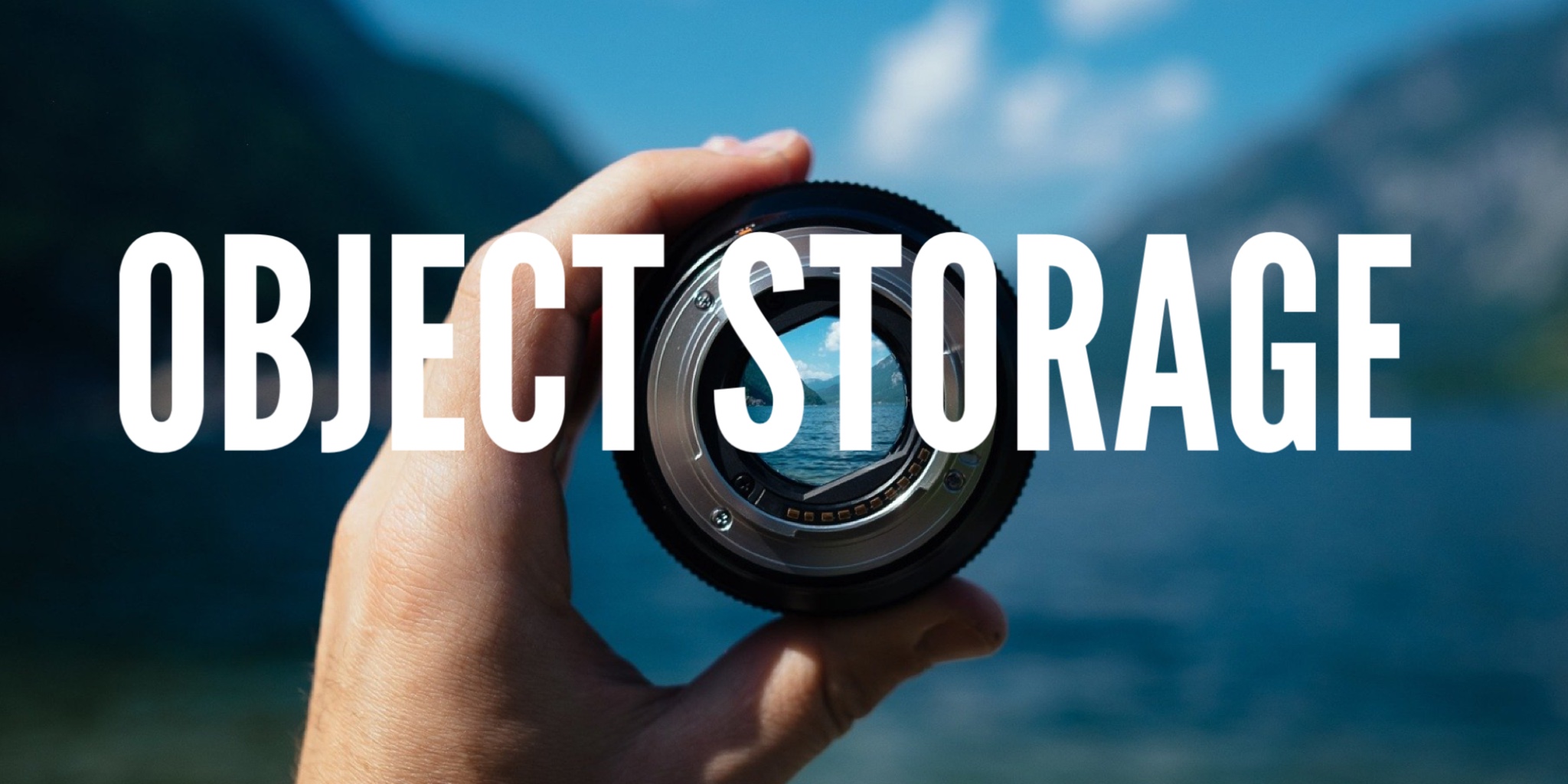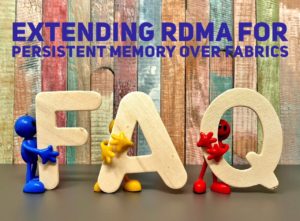
Data Reduction: Don’t Be Too Proud to Ask
It’s back! Our SNIA Networking Storage Forum (NSF) webcast
series “Everything You Wanted to Know About Storage but Were Too Proud to Ask” will return on August 18, 2020. After a little hiatus, we are going to tackle the topic of data reduction.
Everyone knows data volumes are growing rapidly (25-35% per year
according to many analysts), far faster than IT budgets, which are constrained to flat or minimal annual growth rates. One of the drivers of such rapid data growth is storing multiple copies of the same data. Developers copy data for testing and analysis. Users email and store multiple copies of the same files. Administrators typically back up the same data over and over, often with minimal to no changes.
To avoid a budget crisis and paying more than once to store the
same data, storage vendors and customers can use data reduction techniques such as deduplication, compression, thin provisioning, clones, and snapshots.
On August 18th, our live webcast “Everything You Wanted
to Know about Storage but Were Too Proud to Ask – Part Onyx” will
focus on the fundamentals of data reduction, which can be performed in
different places and at different stages of the data lifecycle. Like most
technologies, there are related means to do this, but with enough differences to cause confusion. For that reason, we’re going to be looking at: Read More


 The lines are blurring as new memory technologies are challenging the way we build and use storage to meet application demands. That’s why the
The lines are blurring as new memory technologies are challenging the way we build and use storage to meet application demands. That’s why the  Last month, the
Last month, the  In the last few years, Ethernet equipment vendors have announced big increases in line speeds, shipping 25, 50, and 100 Gigabits-per -second (Gb/s) speeds and announcing 200/400 Gb/s. At the same time Fibre Channel vendors have launched 32GFC, 64GFC and 128GFC technology while InfiniBand has reached 200Gb/s (called HDR) speed.
But who exactly is asking for these faster new networking speeds, and how will they use them? Are there servers, storage, and applications that can make good use of them? How are these new speeds achieved? Are new types of signaling, cables and transceivers required? How will changes in PCIe standards and bandwidth keep up? And do the faster speeds come with different distance limitations?
In the last few years, Ethernet equipment vendors have announced big increases in line speeds, shipping 25, 50, and 100 Gigabits-per -second (Gb/s) speeds and announcing 200/400 Gb/s. At the same time Fibre Channel vendors have launched 32GFC, 64GFC and 128GFC technology while InfiniBand has reached 200Gb/s (called HDR) speed.
But who exactly is asking for these faster new networking speeds, and how will they use them? Are there servers, storage, and applications that can make good use of them? How are these new speeds achieved? Are new types of signaling, cables and transceivers required? How will changes in PCIe standards and bandwidth keep up? And do the faster speeds come with different distance limitations?  Many followers (dare we say fans?) of the SNIA Networking Storage Forum (NSF) are familiar with our popular webcast series “
Many followers (dare we say fans?) of the SNIA Networking Storage Forum (NSF) are familiar with our popular webcast series “ In our most recent SNIA Networking Storage Forum (NSF) webcast
In our most recent SNIA Networking Storage Forum (NSF) webcast